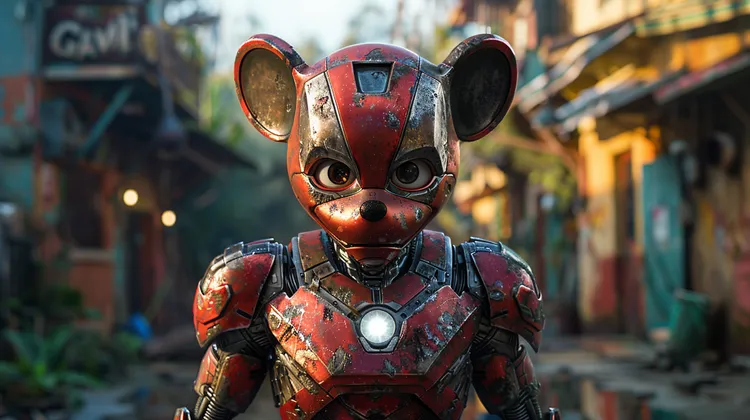Web2 games and GameFi share many similarities when it comes to the market forces that determine their success or failure. Both types of games are influenced by factors such as market demand, profitability, consumer purchasing power, and competition among developers. These factors contribute to the success or failure of a game in the mainstream market. Maintaining a robust player base is a crucial factor for both Web2 and GameFi games. Without a dedicated community of players, it is challenging for any game, whether traditional or blockchain-based, to succeed.
GameFi combines traditional gaming elements with blockchain technology, allowing players to own in-game items and rewards as digital assets like nonfungible tokens (NFTs). GameFi titles aim to create a stable environment based on digital assets with real-world value, focused on long-term growth. In contrast, many Web2 games prioritize external factors like new releases replacing older games. Platforms like Steam have thousands of games available, with new additions every year.
Rather than adopting mass production models used in the traditional gaming market, smaller, more subtle changes are needed for Web3 games and GameFi. Some blockchain and Web3 gaming founders prioritize pleasing investors over game development, leading to misallocated marketing budgets. Striking a balance between investor expectations and the longevity of the project is crucial.
Stickiness, or how often users return to a game, is an important factor in both Web2 and Web3 games. Once a game achieves stickiness, it has a higher chance of success. Monetization is also critical for profitability in both types of games. Web3 games have more options for monetization, such as token positioning and NFTs, which can represent unique in-game assets.
Despite some differences, both Web2 and GameFi games are subject to the conventional gaming industry business model and market forces. GameFi projects need to establish a strong business model rooted in existing value streams. While the mainstream market poses challenges for GameFi integration, developers recognize its importance for long-term success.
In traditional gaming, player numbers are crucial for success, but the dynamics in the GameFi space are more complex. GameFi projects involve decentralized finance mechanisms and player governance, allowing them to thrive with low player counts as long as there is liquidity and player engagement. Both industries recognize that player enjoyment and engaging gameplay are essential for a gamer’s experience.




GameFi’s integration of blockchain technology is truly revolutionary. Owning in-game items as digital assets provides new opportunities and value for players.
Despite their differences, both Web2 and GameFi games are subject to the traditional gaming industry business model and market forces. It’s all about finding the right balance and adapting to the ever-changing market.
Balancing investor expectations with the longevity of the project is key for Web3 games and GameFi. It’s important not to lose sight of the game development aspect.
The combination of traditional gaming elements with blockchain technology in GameFi is really innovative. 🔗 Owning in-game items as digital assets adds a new level of value for players. 💎